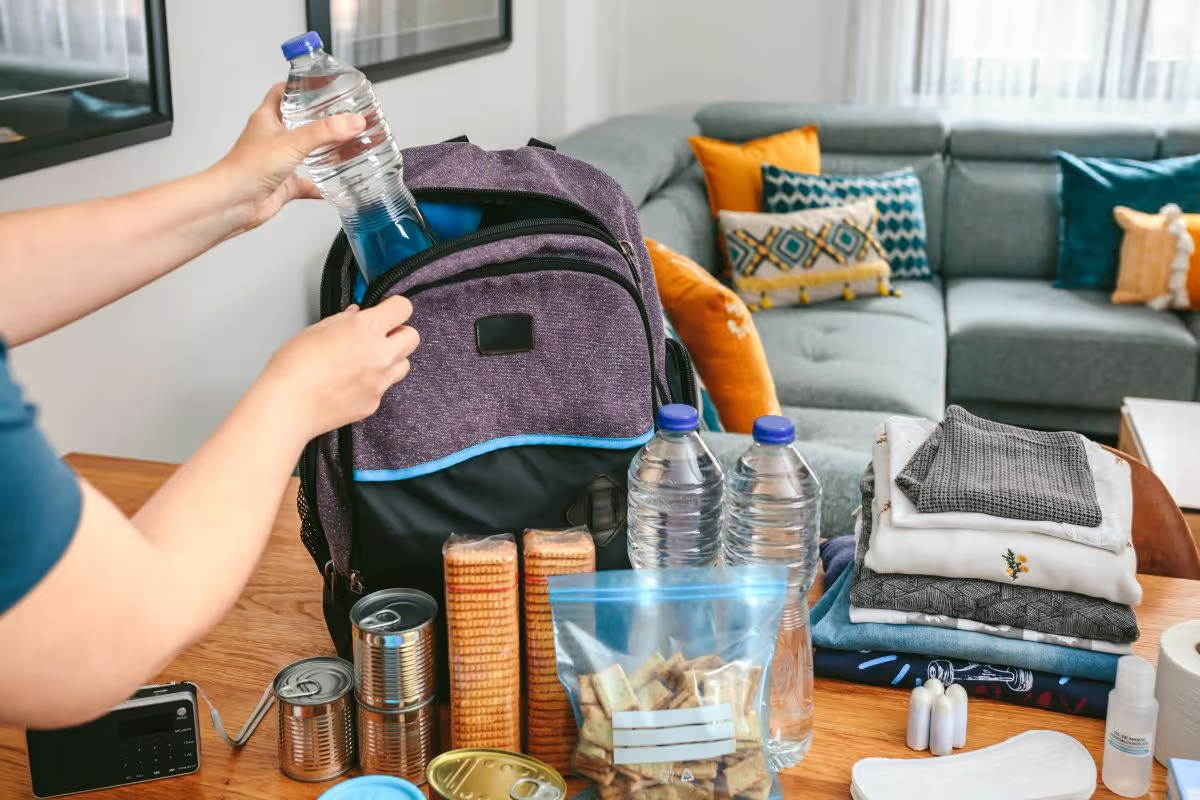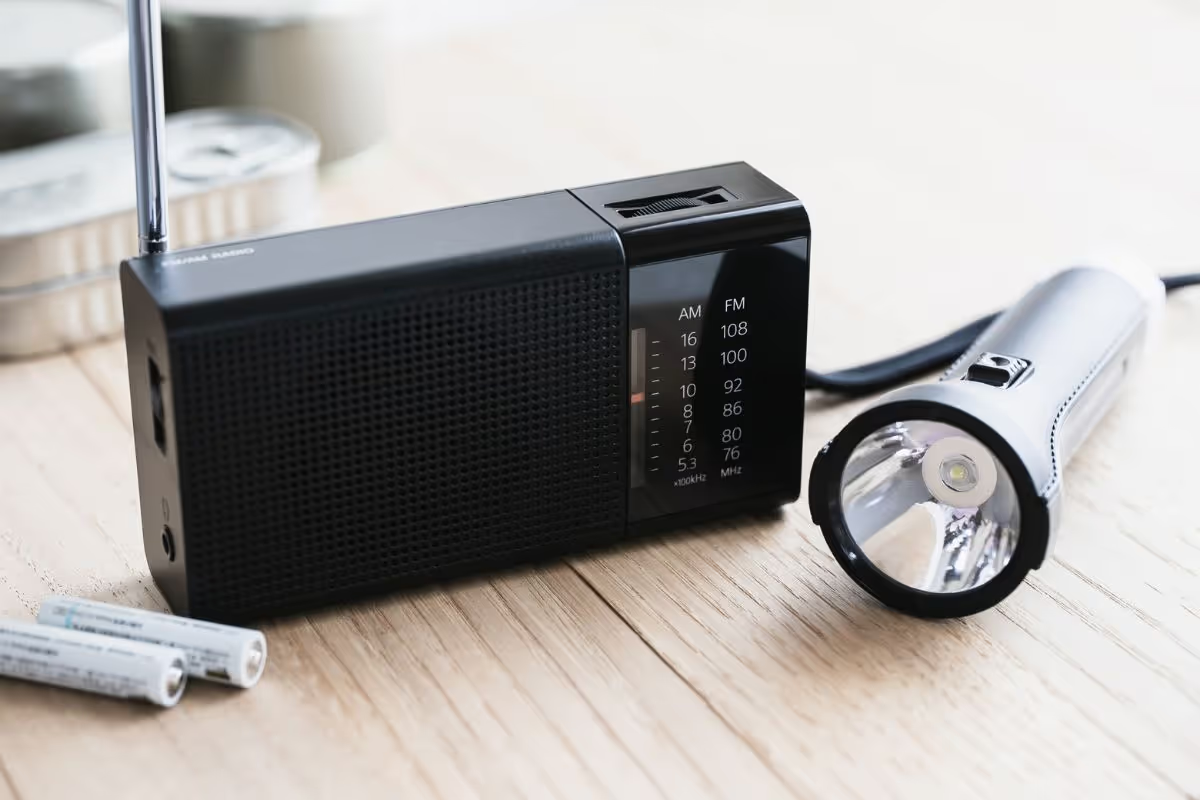An emergency kit can be your best friend when disaster strikes. Whether it’s a natural calamity, a power outage, or any unexpected event, having a well-prepared kit can make all the difference. Imagine being stuck at home during a storm with nothing but a flashlight and a handful of snacks. Not the best scenario, right?
Building your emergency kit can sound daunting, but it doesn't have to be. Let’s simplify!
Think of your kit as your go-to survival toolbox. You want it stocked with essentials that’ll keep you safe and comfortable until help arrives or normalcy returns. You don’t need to go overboard; just focus on the basics—and maybe add a little fun, too!
In this post, we’ll break down five practical tips to help you create your ultimate emergency kit. From food items to first-aid supplies, these tips ensure your kit prepares you for almost anything life throws your way. Have peace of mind knowing that you’re ready to tackle unforeseen challenges. Let’s dive into the essentials and make sure your family is protected, comfortable, and ready for whatever comes next!
1. Start with the Basics: Water and Non-Perishable Food

Water and food are the heart of any emergency kit. Imagine being cut off from your usual supplies. Without water, you can only survive a few days. So, let’s prioritize hydration first!
Aim to have at least one gallon of water per person for each day, and try to prepare for at least three days. That’s right—at least three days of water! It sounds like a lot, but this ensures that you and your loved ones stay hydrated while waiting for the situation to improve. Keep those bottles sealed and stored in a cool, dark place to maximize their lifespan.
Now, onto food. Non-perishable items are your best friends in emergencies. Think along the lines of canned goods, granola bars, dried fruits, and even peanut butter. These options are not only easy to store but simple to eat without any cooking prep. Toss in some instant noodles or rice, too—you can never go wrong with easy-to-make meals! And don’t forget about dietary restrictions; make sure to cater to everyone’s needs.
It’s also a good idea to rotate your food supply regularly. If you buy canned goods now, remember to use them before their expiration dates. This way, your emergency stash remains fresh and ready for action when you need it the most!
2. Essential Supplies: First Aid Kit and Tools
Next on your emergency kit checklist should be an array of essential supplies. A well-stocked first-aid kit is vital for treating minor injuries or ailments that may occur during any emergency. Think of cuts, scrapes, and bumps that could arise. Band-Aids, antiseptic wipes, gauze, and medical tape are great staples. Don’t forget pain relievers, like ibuprofen or acetaminophen, and any prescription medications that you or family members require.
But we’re not just stopping at the basics. Some nifty tools can really add an extra layer of preparedness to your kit. A multi-tool or a Swiss Army knife can come in handy for various tasks, from opening up supplies to minor repairs. Pair it with duct tape and a few glow sticks, and you’ll be ready for just about anything.
Also, consider including a whistle. You know, in case someone needs to locate you! It’s an often-overlooked item that can be a lifesaver during emergencies when shouting may not get the attention you need.
Lastly, throw in a fire extinguisher—better safe than sorry! You never know when a little fire may break out, especially during those hot summer months. It’s about thinking ahead and being prepared for various scenarios!
One Pass That Does It All. Get Out And Play!

3. Don’t Forget About Your Pets: Include Pet-Specific Items
Pets are family too! When building an emergency kit, it’s crucial to consider your furry (or feathered) friends. Your kit becomes a family arsenal when you ensure their needs are just as catered for as yours.
Start by assembling a pet supply bag. Include enough food and water for your pets to last at least three days. Just like human supplies, pet food has an expiration date—be sure to rotate it so it remains fresh.
Next, why not include a few comforting items to keep them calm? A favorite toy or blanket can make all the difference during stressful times. Don’t forget their necessary medications or any special needs they might have. It’s important to keep their well-being in check, even when things get tough.
Also, include copies of important documents like vaccination records and identification. Should you need to shelter elsewhere, it’s crucial to have these records on hand. Besides, some pet-friendly shelters may require proof of vaccinations, so being prepared helps you keep your furry companions safe and sound.
Remember, your emergency kit should cater to the entire family and be a safe haven for all, including your pets!
4. Stay Informed: Add a Battery-Powered Radio and Flashlight

Now that we have essentials like food, medical supplies, and pet care items packed away, let’s talk communication. Staying informed during an emergency is vital, and having the right gadgets can keep you connected with the outside world.
A battery-powered or hand-crank radio allows you to listen for updates on the situation around you. The news may provide critical information about nearby hazards, rescue efforts, or community resources. Combine that with weather alert capabilities, and you’ll be in the loop no matter what chaos unfolds.
And no emergency kit is complete without a flashlight! A reliable flashlight ensures you won’t be stumbling around in the dark during a blackout. Choose a sturdy model with long-lasting batteries. LED options are energy-efficient and can provide bright, reliable light.
Don’t skimp here! You might even want to grab extra batteries for your flashlight and radio, ensuring you remain mobile and can switch to new batteries as needed. This combo—staying informed and illuminated—will empower you to take control of the situation.
5. Personalize Your Kit: Consider Special Needs and Local Hazards
Last but not least, let’s talk personalization. Every family is unique, and every area has its own potential hazards (think floods, earthquakes, tornadoes—yikes!). Tailoring your emergency kit to fit your specific needs makes you that much more prepared!
If someone in your family has specific medical conditions, ensure you have the necessary supplies for their care. This may include extra inhalers, insulin, or allergy medications. Do some research to find out what extra items you should include based on any local risks that are common to your area.
Additionally, think about some comfort items as well. A good book, a deck of cards, or some puzzles can help keep boredom at bay when stuck at home. It’s all about making the situation a little less stressful for everyone involved.
Finally, don’t forget about copies of important documents. Store them in a waterproof bag or container. This could include identification, insurance policies, and emergency contact information. Being prepared goes beyond supplies and includes having essential information readily available.
Conclusion
Building an emergency kit may seem overwhelming, but by breaking it down into manageable tips, it becomes a fun family project! Starting with the basics ensures everyone stays hydrated and nourished. Essential supplies and tools keep you prepared for injuries and repairs. Special attention to pets ensures they, too, feel safe and cared for.
Remember, we can’t always predict when emergencies may strike, but when we’re prepared, we can face them head-on! Gather your loved ones, get started on that kit today, and turn preparedness into a fun bonding experience. After all, it’s all about spending time together, even when things get tough!


































.svg)
.jpg)
.jpg)
.jpg)